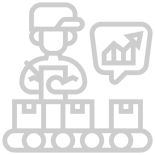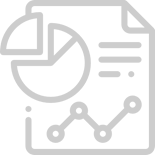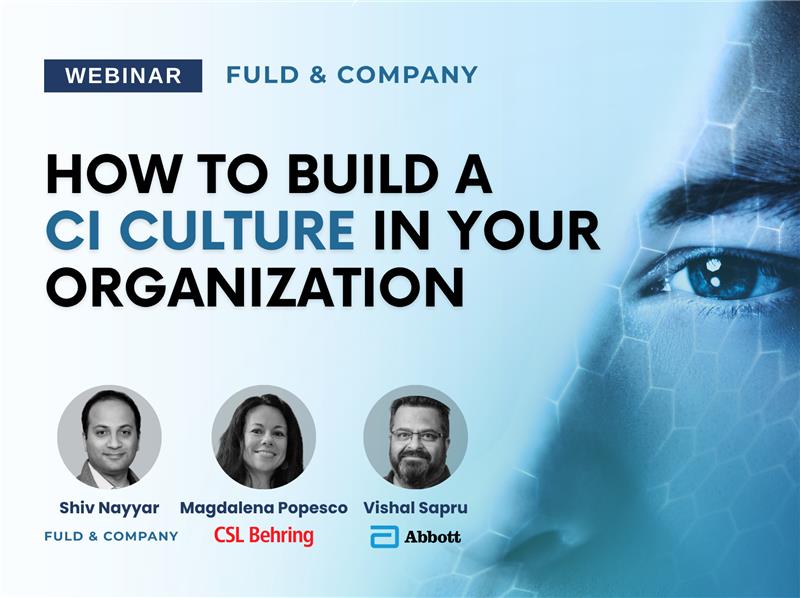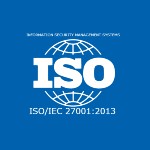The enduring value of primary intelligence in the age of advanced AI
Posted by | Fuld & Company
Why competitive intelligence professionals are combining AI and human insight for more reliable decision-making
The rapid advancement of AI in competitive intelligence (CI) has introduced new tools and capabilities for data collection and analysis. But even as adoption increases, one element remains essential: human-sourced intelligence.
As organizations face more complex markets and faster shifts in competitive dynamics, combining AI-powered tools with primary research is emerging as a best practice.
What primary intelligence provides that AI cannot
Primary intelligence is information gathered directly from individuals—through expert interviews, customer conversations, surveys, and qualitative research. It helps CI professionals answer questions that structured data alone cannot fully resolve.
This type of research is often used when:
- Public or secondary data is incomplete or outdated
- Market behavior needs interpretation
- Strategic decisions require a nuanced understanding of competitor moves
- Internal data lacks context
In CI, primary intelligence supports:
- Detecting competitor strategy shifts
- Uncovering motivations behind product changes or M&A activity
- Exploring market perceptions and unmet customer needs
- Identifying blind spots not captured in traditional data sources
What AI tools contribute to CI
Artificial intelligence and machine learning have made significant strides in accelerating competitive research. Common applications include:
- Monitoring real-time news, social media, job postings, and press releases
- Summarizing transcripts from earnings calls and public events
- Running sentiment analysis on customer reviews or product feedback
- Identifying keyword trends and thematic signals
- Forecasting potential shifts based on historical patterns
Some CI teams are using natural language processing (NLP) and large language models (LLMs) to analyze internal data—such as CRM entries, sales notes, and meeting transcripts—for additional insight.
While these tools are efficient, they are limited to the data available to them. They can miss emerging narratives, subtle intent, or qualitative factors unless guided by human expertise.
Why the best CI strategies combine AI and primary intelligence
An integrated approach to competitive intelligence allows teams to move quickly without sacrificing depth. It is increasingly common to see CI analysts and strategists:
- Use AI platforms to gather secondary data, automate research tasks, and detect early signals
- Conduct primary research to validate or challenge those findings
- Combine results to form a fuller picture of competitor behavior or market opportunity
This approach enhances decision-making by improving both the speed and reliability of insights.
Examples of when human-sourced intelligence complemented AI
Financial services
AI detected a sudden stock drop by a key competitor. Initial assumptions pointed to a strategic misstep. However, follow-up conversations with analysts and insiders revealed the issue was a temporary supply chain disruption—preventing a premature or incorrect conclusion.
Healthcare
AI tools highlighted a spike in patent filings and hiring activity around a new drug launch. Primary interviews with hospital administrators uncovered concerns about physician adoption and insurance reimbursement delays—factors not visible in the data alone.
Technology and energy sectors
In cases where clients were investigating how competitors were deploying AI internally, primary research revealed use cases like customer segmentation, predictive servicing, and operational automation. These insights were not disclosed in public-facing sources and required direct sourcing to uncover.
When and why primary research is critical in CI
Despite advances in data analytics, there are limits to what AI can interpret. Primary research remains critical when:
- Public information is lacking or outdated
- Decisions depend on understanding intent or context
- New markets or unfamiliar sectors are being explored
- The stakes are high and assumptions must be tested
Combining AI and primary intelligence improves accuracy and ensures insights are both actionable and relevant to the organization’s strategic goals.
The evolution of AI has changed the pace and scale of competitive intelligence. But the value of human interpretation, direct sourcing, and qualitative insight remains high—especially in situations where context, nuance, or forward-looking understanding are required.
CI professionals who use AI to process and surface signals—and primary intelligence to interpret and validate them—are better equipped to navigate uncertainty and support confident decision-making.
Looking to strengthen your competitive intelligence strategy?
Fuld & Company helps organizations apply a hybrid approach, integrating advanced analytics with expert-led research for deeper, more actionable insights.
Get in touch to learn more.
Tags: Artificial Intelligence (AI), Competitive Intelligence, Market Research



















